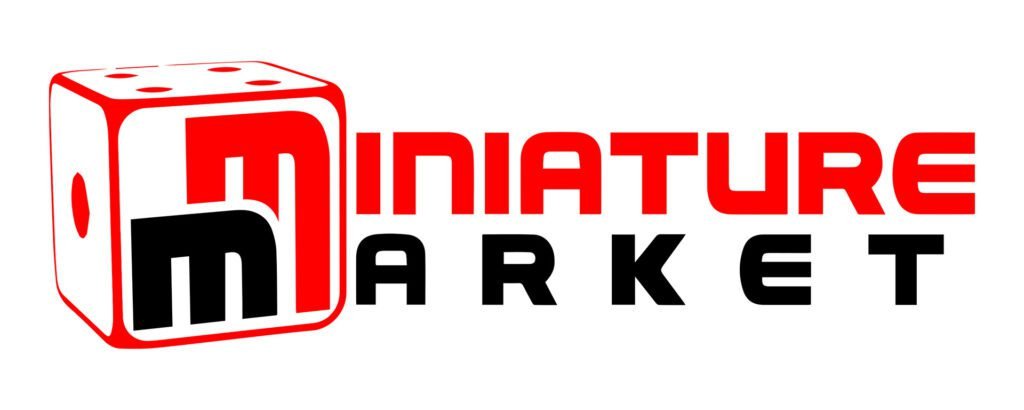
Today we’re diving into “Disney Villainous: Introduction to Evil.” This is a board game from Ravensburger, designed to celebrate Disney’s 100th anniversary & make the Villainous series more accessible to newcomers. So, let’s break it down—what it is, what’s good, what’s bad, & if you should pick it up. Let’s get into it.

What It Is
“Disney Villainous: Introduction to Evil” is a streamlined version of the original “Villainous” board game, designed for 2-4 players & taking about 20 minutes per player. This limited edition release brings four iconic Disney villains—Captain Hook, Maleficent, Prince John, & Ursula—back to the tabletop, each with their own unique objectives. The game maintains the core Villainous formula, where players take on the role of a Disney villain, moving to different locations on their personal boards to perform actions like playing cards, gaining power tokens, or using the “Fate” action to mess with their opponents.

Gameplay Overview
In Disney Villainous: Introduction to Evil, each player embodies a Disney villain, each with a unique objective drawn straight from classic films. The game revolves around moving through your villain’s realm, gathering resources, & playing cards to summon allies, trigger unique effects, or sabotage your opponents’ plans. The goal is to be the first villain to achieve your personal objective, reflecting the cunning & malevolence of your character.
To begin, players select their villain & gather the corresponding components: a mover, Villain Realm, Villain deck, Villain Guide, & a reference card. The Villain Guide provides crucial insight into your objective, offering strategy tips & highlighting key villain cards to watch for. The reference card contains symbols & objectives for easy access during gameplay, ensuring everyone knows what they’re working towards.
Set up your Villain Realm in front of you, placing your mover on your portrait & your shuffled Villain deck to the left of your realm. Power tokens, held in the Cauldron, are placed at the center of the table, while the Fate deck, which contains heroes that will disrupt your schemes, is placed face down to the left of your board. Draw four cards from your villain deck to form your starting hand, & you’re ready to dive into the villainous fun.
Players take turns in a clockwise order, starting with a maniacal reading of their objective. On your turn, you’ll move your villain to a new location in your realm, which determines the actions available to you. These actions include collecting power tokens from the Cauldron, playing cards, moving allies or items, & vanquishing heroes. After completing your actions, draw cards to maintain a hand of four.
Each location in your realm offers different actions, symbolized by icons. For example, the Power icon allows you to collect power tokens necessary for playing cards & activating abilities. The Play A Card action lets you play cards corresponding to the symbols at your location, but you’ll need to pay the card’s power cost. Moving allies or items, or relocating heroes, helps you strategically position your forces or disrupt your opponent.
Vanquishing a hero is a critical action where you use the combined strength of your allies to defeat heroes blocking your progress. After a successful vanquish, both the hero & the allies involved are discarded. Discarding unwanted cards is also a strategic move, allowing you to refresh your hand with potentially more useful options. However, you can only draw new cards at the end of your turn.
Fate actions allow you to interfere directly with your opponents by drawing from their Fate deck, playing one card to hinder their progress, & discarding the other. As play continues, you must manage your resources carefully, drawing from your Villain deck & playing cards to advance your objective. The game’s layered mechanics require strategic planning & ruthless execution, as you outmaneuver both your opponents & the heroes trying to thwart you.
Disney Villainous is a game of strategy & cunning, where every card & action can turn the tide in your favor or spell doom for your plans. The combination of unique villain objectives, varied card types, & the interactive Fate deck ensures a dynamic & engaging experience every time you play.

The Components
One of the standout features of “Introduction to Evil” is the quality of its components. The game comes in a silver-themed box adorned with a holographic Disney 100 logo, with Ursula prominently featured on the cover. Inside, the character movers are beautifully crafted with a lustrous finish, offering more detail than the translucent figures from the original game. The artwork on the cards & player boards is stunning, capturing the classic Disney style while maintaining a unique aesthetic that sets this edition apart. The attention to detail is evident, making this game a visual treat for any Disney fan.
The Good
First off, the accessibility of “Introduction to Evil” is a major plus. The simplified ruleset makes it an excellent entry point for new players, whether they’re new to the Villainous series or board games in general. The streamlined mechanics reduce the learning curve while still retaining the strategic depth that makes Villainous so engaging.
The game’s replayability is also strong, with each villain offering a unique gameplay experience. The asymmetric nature of the characters means you’ll need to adapt your strategy based on your chosen villain & your opponents’ actions, keeping the game fresh even after multiple plays. Plus, the game is compatible with other Villainous expansions, allowing you to mix & match characters for even more variety.
The production quality is top-notch, with high-quality components & a well-designed insert to keep everything organized. The inclusion of a plastic cauldron to hold power tokens is a nice thematic touch, adding to the overall experience.
The Bad
However, “Introduction to Evil” does have a few drawbacks. The playtime, while reasonable for experienced players, can be a bit lengthy for younger players or those new to board games, potentially stretching to over an hour. This could test the patience of some participants, especially in a family setting.
Another potential issue is the table space required to play. With four player boards & the various components, you’ll need a decent amount of space to set up the game comfortably. Additionally, while the character movers are beautifully designed, some players have reported minor issues with the quality, such as smudges or cracks on a few pieces, which is disappointing given the premium feel of the game.

The Verdict
So, should you buy “Disney Villainous: Introduction to Evil”? If you’re a Disney fan or new to the Villainous series, this game is a fantastic choice. The simplified rules make it accessible while still retaining the strategic depth that makes the series popular. The high-quality components & stunning artwork make it a joy to play & display, & the replayability ensures you’ll keep coming back for more.
For those who already own the original “Villainous,” this edition may offer less novelty, but the collectible nature & streamlined gameplay still make it a worthwhile addition, especially if you’re looking to introduce friends or family to the series.
Final Thoughts
If you’re new to the Villainous series or just looking for a smoother entry point, “Disney Villainous: Introduction to Evil” is, without a doubt, the best way to start. Before this edition came out, I played a few rounds with my game group using other titles in the series, & while we enjoyed it, the mechanics could sometimes feel a bit cumbersome. However, once we tried this version, everything just fell into place. It streamlines the gameplay in a way that made it much easier for us to dive into the game & enjoy the experience. If you’re planning to explore the Villainous world, I strongly recommend starting with this edition.
That said, “Introduction to Evil” isn’t without its drawbacks. One of the main issues is the length of the game. The general rule is 20 minutes per player, but that can stretch out quite a bit, especially in larger groups. Even with just two or three players, you’re looking at 40 to 60 minutes, & while that’s not a dealbreaker, it can feel a bit long for what the game is trying to accomplish.
On the plus side, the game does a good job of maintaining tension & excitement as you approach the end. Whether it’s Prince John working towards 20 Power tokens or Captain Hook closing in on Peter Pan, the game gives you a clear sense of when someone is about to win, which keeps everyone engaged. However, there’s a flip side to this: the game can sometimes drag on when someone is close to victory. Playing Fate cards to delay the inevitable can be strategic, but it can also make the game feel like it’s overstaying its welcome.
The balancing tweaks in “Introduction to Evil” are a highlight. This isn’t just a rehashed version of previous editions or a simplified version for newcomers. It’s more like a thoughtful update that addresses some of the pacing issues from earlier games. The designers clearly focused on making the game more accessible & quicker to play, which is a big plus for any game group.
However, while these improvements do help, they don’t completely eliminate the pacing issues. In a few games we played, the action still slowed down as we got closer to the end. This can make it a bit challenging to keep everyone fully engaged, especially if your group prefers quicker, more dynamic gameplay. A well-timed Fate card can keep the game interesting, but it can also extend the session in a way that feels more like prolonging the inevitable rather than adding to the fun.
So, here’s my final take: “Disney Villainous: Introduction to Evil” is a must-buy if you’re looking to get into the series. It does a fantastic job of simplifying & streamlining the gameplay, making it much more approachable, especially for new players. Just be aware that it can take longer than you might expect, especially with larger groups. Despite some minor pacing issues, it’s still a solid entry in the Villainous lineup, & I’d recommend it as the starting point for anyone new to the game.
Purchase Options


At no extra cost to you, The Board Game Site may receive revenue from affiliate and advertising partnerships for sharing this content and from purchases through links.








